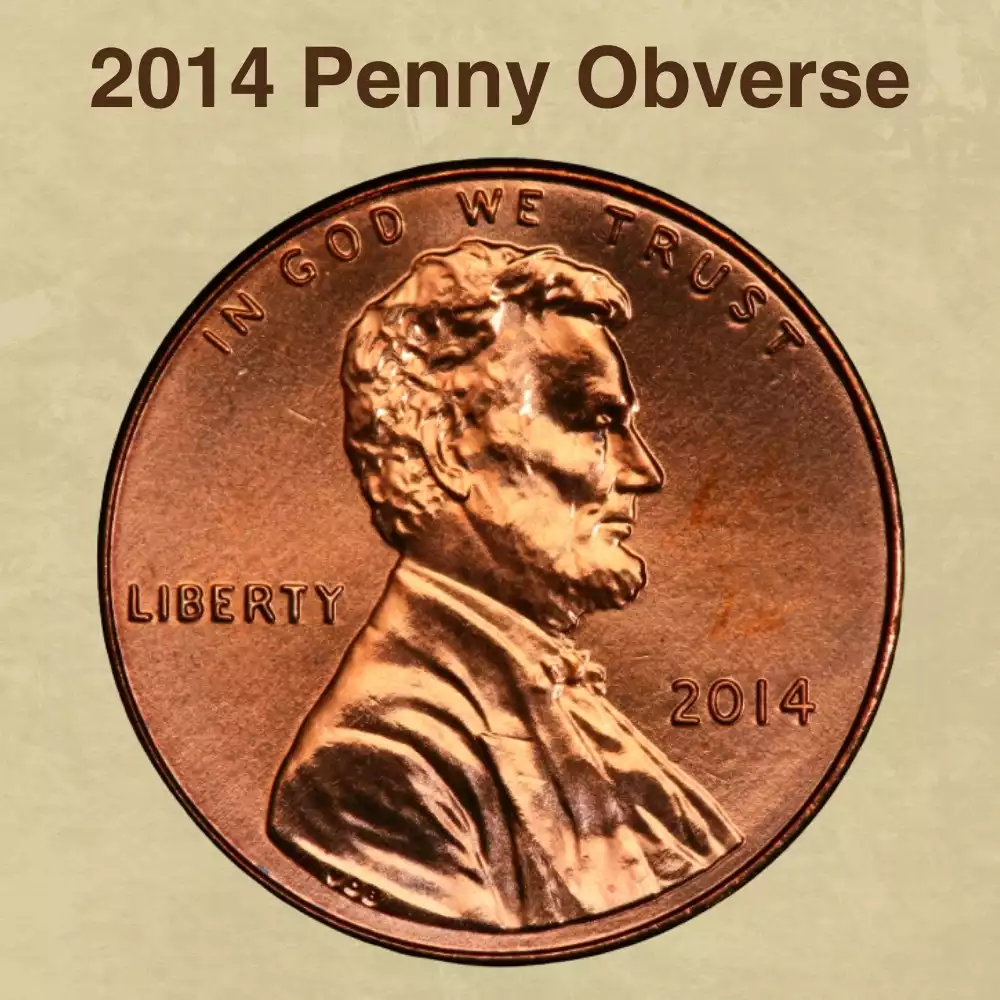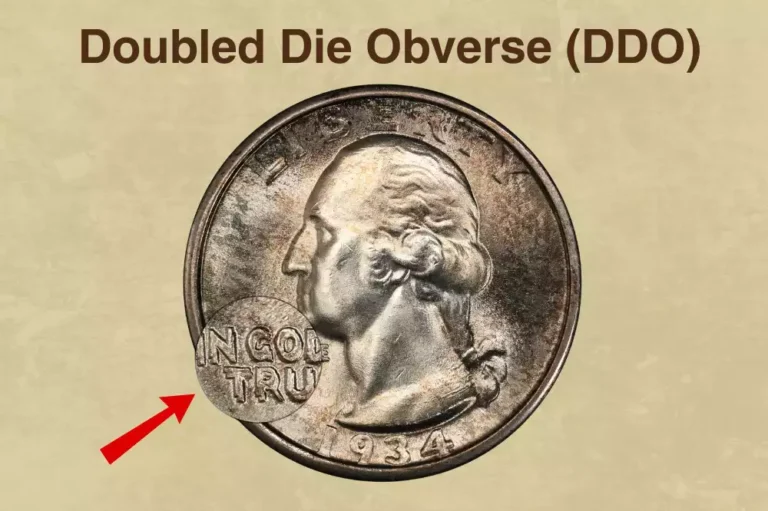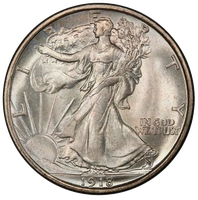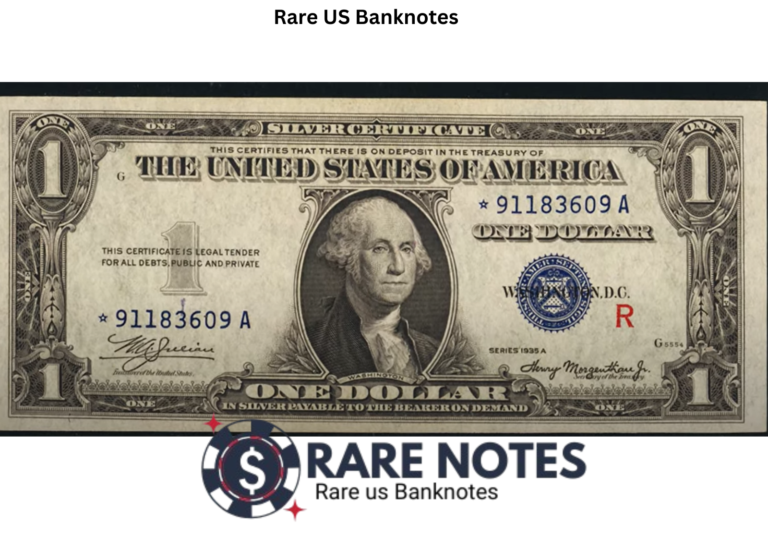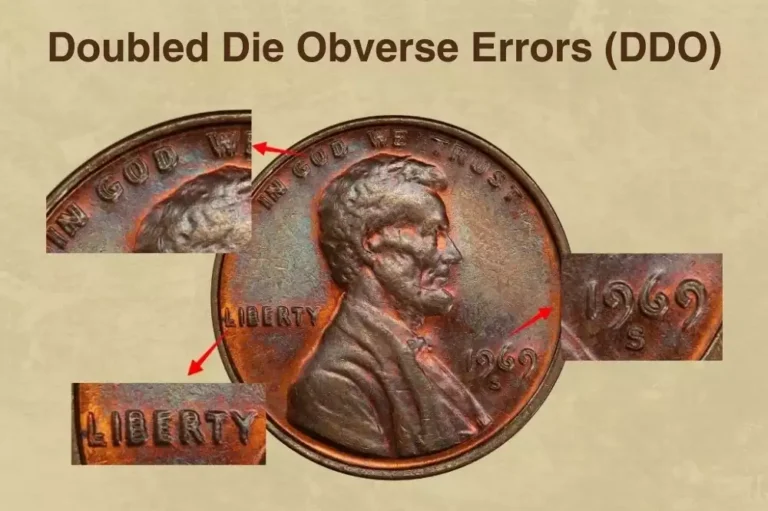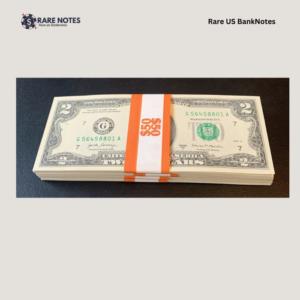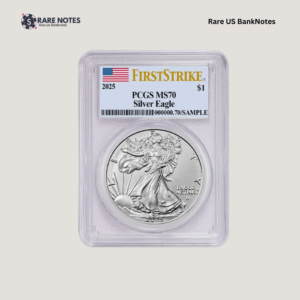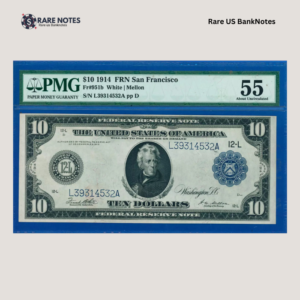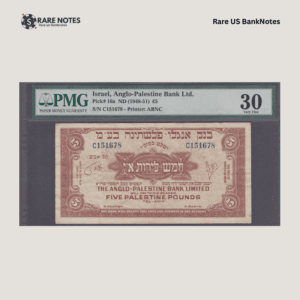Recent market activity shows young collectors discovering coin roll hunting through TikTok are creating demand for varieties their parents ignored, turning everyday pocket change into treasure hunting opportunities.
Hashtags like #RarePenny, #CoinHunt, and #2014Penny are trending, with thousands joining what’s being dubbed “The Penny Craze”, demonstrating how viral content can instantly shift collector interest toward previously overlooked dates.
The 2014 penny, with over 8.1 billion minted, seemed destined for obscurity until error varieties and high-grade specimens began capturing attention in online communities.
The accessibility of Lincoln cents meets opportunity, as collectors can still find treasures in circulation, build impressive sets affordably, or chase ultra-grade registry coins. What makes certain 2014 pennies worth exponentially more than face value? Let’s take a look together.
2014 Penny Value By Variety
This comprehensive value chart reveals how 2014 pennies transform from everyday pocket change into collectible treasures based on their condition and mint origin, with mint state examples commanding significantly higher premiums than their face value.
2014 Penny Value Chart
| TYPE | GOOD | FINE | AU | MS | PR |
|---|---|---|---|---|---|
| 2014 No Mint Mark Shield Penny (RD) Value | — | — | — | $28 | — |
| 2014 D Shield Penny (RD) Value | — | — | — | $227 | — |
| 2014 S DCAM Shield Penny Value | — | — | — | — | $11 |
Tip: Chart shows Red (RD) prices only. For Brown (BN) or Red-Brown (RB) values, check our CoinValueChecker App for comprehensive information across all color designations.
2014 Penny Market Trend
Market Interest Trend Chart – 2014 Penny
The 2014 penny market interest chart reveals the dramatic relationship between collector enthusiasm and subsequent market corrections. In late 2015, interest peaked at over 21,400, the highest level of interest in the coin in nearly a decade. This reflected early excitement about the relatively new shield design introduced in 2010.
Subsequently, there was significant volatility from 2016 to 2018, with multiple peaks around 4,000 to 5,000, before dropping to near zero in late 2018, indicating mixed collector interest and market uncertainty.
From the second half of 2019 onward, the chart shows continued but moderate interest around 2,000 to 3,000, suggesting the market has found a natural equilibrium.
This pattern aligns with broader numismatic market trends, where rare coin prices rebound and continue to rise early on, but then lose momentum and enter a slow decline. During this period, the emergence of online marketplaces made it easier for collectors to buy, sell, and trade coins, broadening market accessibility.
To understand how 2014 pennies compare with other collectible coins in today’s market, explore the comprehensive US Coin Market Trend Ranking (Top 100).
History Of The 2014 Penny
The 2014 Lincoln penny represents a significant milestone in American numismatic history, marking the fourth year of the Union Shield design era that began in 2010.
This penny is part of the culmination of the Lincoln Cent series, which began in 1909 to honor the 100th anniversary of President Abraham Lincoln’s birth. The 2014 penny continued the tradition established with Victor David Brenner’s iconic portrait of President Abraham Lincoln on the obverse, which has graced the penny since its inception in 1909.
The reverse features a union shield design introduced in 2010, with 13 vertical stripes representing the 13 original states and a horizontal bar symbolizing the federal government.
This design replaced the Lincoln Memorial reverse that had been used from 1959-2008, following the special 2009 bicentennial designs commemorating Lincoln’s 200th birthday.
Production of 2014 pennies was massive, with 3,990,800,000 coins struck at the Philadelphia Mint and over 4 billion at Denver. The San Francisco Mint produced only 1,193,735 proof coins. The 2014 penny maintained the copper-plated zinc composition adopted in 1982, weighing 2.5 grams with 97.5% zinc and 2.5% copper.
This year occurred during a period when rare coin prices had begun a slow downward spiral from their peak in 2014-2015, making 2014 a transitional year in the modern collecting market.
Also Read: 10 Most Historic Years of Modern Lincoln Penny (1959-Date)
Key Features Of The 2014 Penny
The 2014 penny features copper-plated zinc composition (97.5% zinc, 2.5% copper), weighs 2.5 grams, measures 19mm in diameter, and displays the Union Shield design introduced in 2010. Three varieties exist: Philadelphia (no mint mark), Denver (D), and San Francisco proof (S).
The Obverse Of The 2014 Penny

The obverse shows the familiar image of President Abraham Lincoln used on the penny since 1909, designed by Victor David Brenner. Lincoln’s bust is framed by “IN GOD WE TRUST” on the top periphery, with “LIBERTY” positioned to the left of the portrait and the date “2014” on the right side.
The mint mark, when present, appears on the obverse side below the date. Brenner’s tiny initials “VDB” can be found on Lincoln’s shoulder, added back to the design in 1918 after initial controversy.
The Reverse Of The 2014 Penny
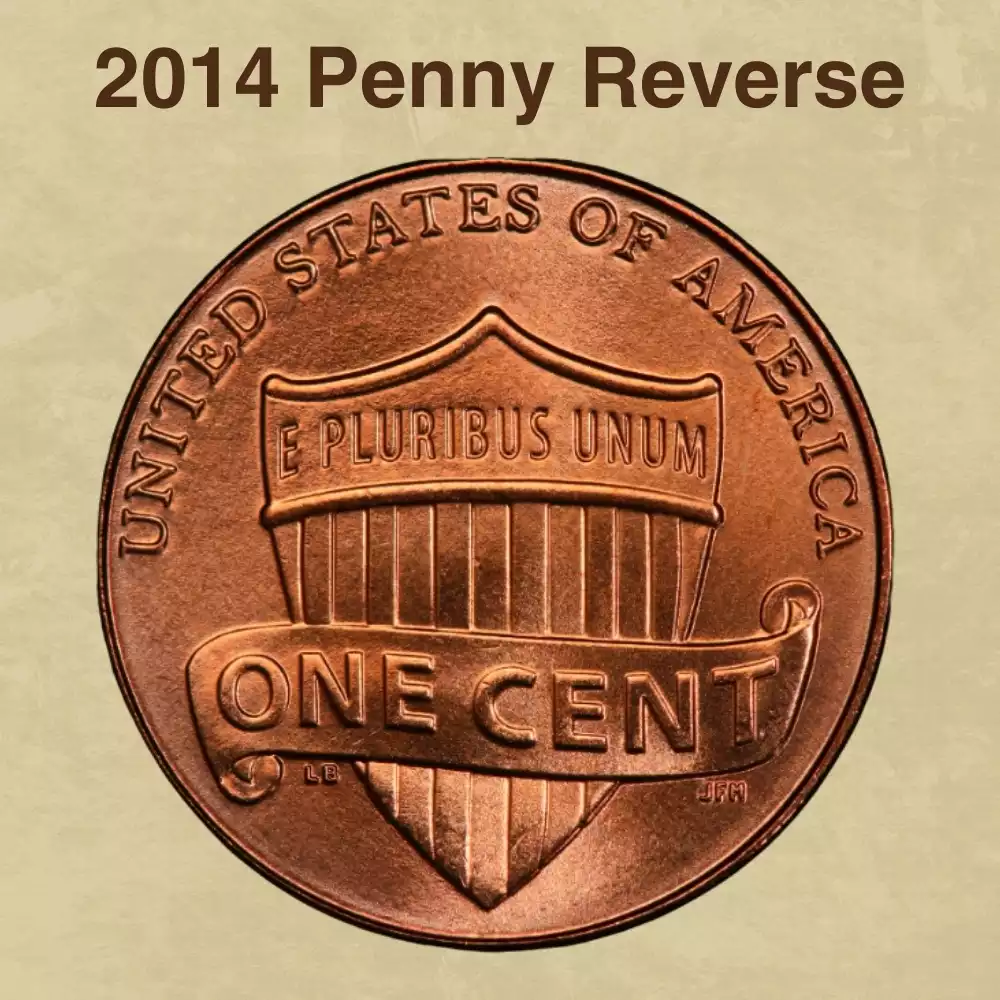
The reverse features a union shield with 13 vertical stripes and the national motto in a horizontal bar above, with a banner draped across the front. The shield displays “E PLURIBUS UNUM” centered with “UNITED STATES OF AMERICA” on the top periphery and “ONE CENT” inscribed in a ribbon across the shield.
The 13 vertical stripes represent the original colonies, while the horizontal bar symbolizes federal unity. This Union Shield design gives these coins their nickname “Shield pennies”. The design was created by artist Lyndall Bass and sculpted by Joseph Menna, with their initials “LB” and “JFM” appearing on the coin.
Other Features Of The 2014 Penny
Quality control improvements in 2014 resulted in sharper strikes compared to earlier Shield years, particularly noticeable in Lincoln’s hair details and the shield’s vertical stripes. The coin maintains the standard specifications established in 1982 when zinc cores replaced solid copper composition.
2014 Penny Mintage & Survival Data
2014 Penny Mintage & Survival Chart
Survival Distribution
| Type | Mintage | Survival | Survival Rate |
|---|---|---|---|
| No Mint | 3,990,800,000 | unknown | unknown |
| D | 4,155,600,000 | unknown | unknown |
| S DCAM | 1,190,369 | unknown | unknown |
This 2014 Penny Mintage & Survival Chart reveals striking production disparities across the three mint facilities. The mintage comparison shows Philadelphia produced 3,990,800,000 coins (No Mint mark), while Denver slightly exceeded this with 4,155,600,000 coins marked with “D”. In stark contrast, San Francisco minted only 1,190,369 S DCAM proof coins, representing less than 0.03% of total production.
This dramatic mintage difference illustrates the fundamental structure of U.S. coin production, where Philadelphia and Denver facilities handle massive circulation strikes for everyday commerce, while San Francisco focuses on limited proof production for collectors.
The approximately 8.1 billion total circulation coins from 2014 demonstrate the enormous scale required to meet national commerce demands, making these pennies among the most common coins ever produced.
However, the survival data marked as “unknown” for all three varieties highlights a critical gap in numismatic knowledge. Unlike well-documented series where survival rates help determine rarity, modern high-mintage coins like 2014 pennies lack comprehensive survival studies.
This creates an interesting paradox: while billions were minted, the actual number surviving in collectible condition remains unmeasured.
2014 Penny Grading
Grading 2014 pennies requires careful evaluation of surface preservation, strike quality, and most importantly, color retention on the copper-plated surfaces.For a cent to receive a Red (RD) designation from PCGS, it must achieve MS-60 or greater and display 95% or more original red mint color, while Red-Brown (RB) encompasses coins that have lost 5 to 95 percent of their original mint color.
Mint state examples should exhibit full cartwheel luster across Lincoln’s portrait and the shield details, with sharp definition in the shield’s vertical stripes and Lincoln’s hair texture.
Moreover, the 2014 Shield pennies present unique grading challenges because their zinc core with thin copper plating reacts differently to environmental factors compared to pre-1982 solid copper cents. Surface quality is crucial since Lincoln cents can’t display many marks without being severely downgraded, and marks in open fields can result in significant point deductions.
For accurate assessment, you can use our CoinValueChecker App to instantly check grade and detect potential errors on your 2014 pennies. Understanding these grading principles leads naturally to the broader topic of How to Grade Lincoln Pennies across the entire series.

2014 Penny Value Guides
The 2014 Lincoln penny was produced at three distinct U.S. Mint facilities, each creating coins with unique characteristics and rarity levels.
- 2014 No Mint Mark Penny – Philadelphia Mint circulation strike
- 2014-D Penny – Denver Mint circulation strike
- 2014-S DCAM Shield Penny – San Francisco Mint proof strike
The Philadelphia Mint struck nearly 4 billion no mint mark pennies for everyday circulation, making these the most common variety. Denver’s facility produced over 4.1 billion coins bearing the distinctive “D” mintmark below the date. In sharp contrast, San Francisco created only 1.19 million proof coins exclusively for collectors.
2014 No Mint Mark Shield Penny Value

The 2014 No Mint Mark Shield Penny features Lyndall Bass’s distinctive Union Shield reverse design. These Lincoln pennies are also known as Shield pennies because the design on the reverse side features the Union shield. The obverse maintains Victor David Brenner’s classic Lincoln portrait, establishing this coin’s significance in modern numismatic history.
Intrinsically, most 2014 pennies in circulated condition are only worth their face value of $0.01.Ordinary uncirculated condition is just mediocre and cannot compare to the real treasures. Unless you can find a truly rare and top-quality coin.
A RD 2014 Shield Penny will be worth about 20 to 30% more than one that is RB (Red Brown), and a RB will be worth more than a Brown (BN). The exceptional example reached $1,995.00 in June 2018 for an MS69RD specimen.
Market performance shows promising appreciation potential, as almost 4 billion 2014 Lincoln Cents were produced, yet only in MS68 or higher are they scarce, creating collector demand for top-grade examples with significant upside potential.
2014 No Mint Mark Shield Penny (RD) Price/Grade Chart
Price by 1-70 Grade (Latest Auction Records Included)


